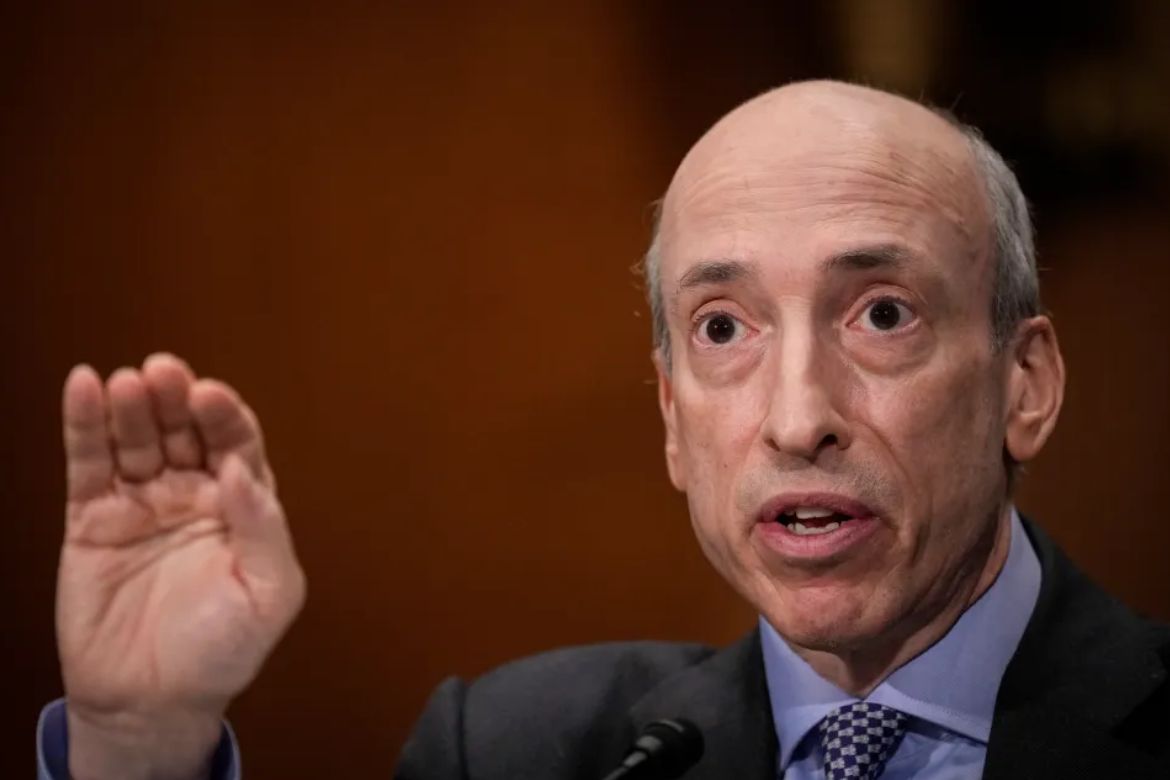A senior U.S. Federal Reserve official has warned that some of the same features that make generative artificial intelligence (GenAI) appealing could also pose significant risks to the financial system, particularly through market manipulation.
Speaking at the Council on Foreign Relations in New York, the Fed’s Vice Chairman for Supervision, Michael Barr, cautioned that the growing adoption of GenAI could lead to “herding behavior”, increasing market volatility.
“Speed, automaticity, and ubiquity could generate new risks at a wide scale,” Barr explained. “As GenAI agents seek to maximize profit, they may adopt strategies that facilitate coordinated market manipulation, potentially driving asset bubbles and crashes.”
AI’s Short-Term Hype vs. Real-World Impact
The tech industry often paints AI as a game-changer poised to revolutionize productivity, automate jobs, and drive economic growth. However, the Fed official suggests that these expectations are exaggerated, at least in the near future. While AI does enhance efficiency in certain tasks, its real-world implementation still faces major challenges such as data bias, regulatory uncertainties, and ethical dilemmas.
Many AI tools, including generative AI models, are impressive but far from perfect. Businesses adopting AI often struggle with accuracy issues, high implementation costs, and the need for human oversight. The official’s warning implies that businesses and policymakers should temper their expectations, avoiding the assumption that AI will lead to an immediate economic boom.
The Underestimated Risks of AI
Beyond the hype, the official highlighted AI’s long-term risks, which could have widespread consequences. Some of the key concerns include:
🔴 Job Displacement: AI-driven automation could lead to mass layoffs in various industries, increasing economic inequality and creating new labor market challenges.
🔴 Financial Instability: If AI systems are integrated into banking and trading without proper oversight, they could amplify market volatility and create unforeseen financial risks.
🔴 Bias and Misinformation: AI models can perpetuate biases and spread misinformation, influencing everything from hiring decisions to political discourse.
🔴 Cybersecurity Threats: AI can be exploited for cyberattacks, deepfakes, and fraud, posing serious risks to businesses and individuals.
Barr also addressed his decision to step down as Vice Chairman for Supervision, a role overseeing the Fed’s bank regulations. He announced his departure last month after President Donald Trump threatened to remove him. While Barr maintained that Trump did not have the legal authority to fire him, he chose to resign to avoid the distraction of a legal battle.
“That distraction would have prevented us from doing our job,” Barr explained. “And to me, it wasn’t worth it.”
Concerns remain over whether Trump will attempt to exert influence over the Federal Reserve, despite the institution’s independence from political pressures. Fed Chairman Jerome Powell has asserted that Trump has no authority over the central bank’s monetary policies or the ability to remove him from office.
Barr will remain on the Federal Reserve Board as a governor, with his term set to expire in 2032.



